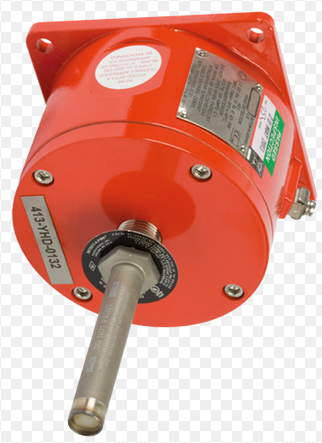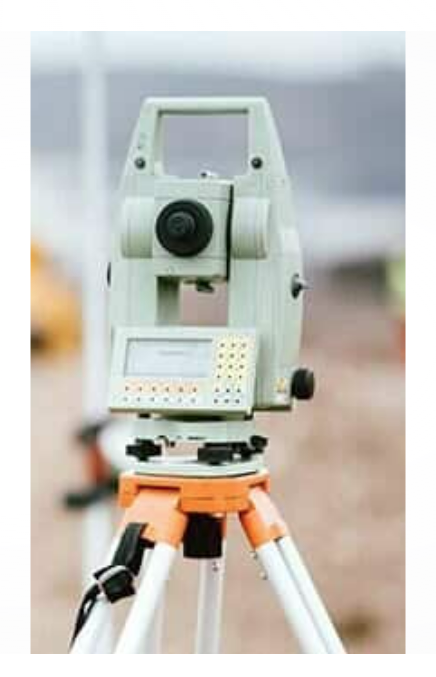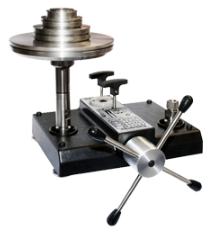
Heat detectors testing and calibration
Heat detectors are generally used in areas that are unsuitable for smoke detectors or where they offer a better response to the type of fire anticipated.
Description
Thermal detectors are factory preset, normally open self-restoring mechanical contact closure switches. They each contain an internal. Strut assembly enclosed within a tubular outer shell. Four-Inch (15 cm) wire leads are provided, meeting UL requirements, to facilitate wiring supervision.
The internal struts assembly Incorporates two silver contacts and two struts, which are hermetically sealed. The two contact points are mounted on, but electrically insulated from the two curved struts and have a low- coefficient expansion. The Internal strut assembly is mounted within a thin tubular inner shell and then mounted, under compression, within a tubular outer shell. The outer shell is a temperature-sensitive (high-coefficient) activating component that must be in direct contact with the surrounding air.
Thermal detectors are available In different preset temperatures which meet Standards approvals. Each preset temperature is factory stamped and the tips are colour-coded for easy Identification. They may be mounted vertically or horizontally.
Principle of operation
The thermal detector contacts will close and send an alarm condition to the control unit if one of these two conditions occur:
When the surrounding temperature rise reaches the factory preset temperature at a rate of 0 to 50F per minute. This condition causes both the outer shell and the Internal strut assembly to be heated and to expand. This expansion causes the silver contact points to close and send an alarm signal




